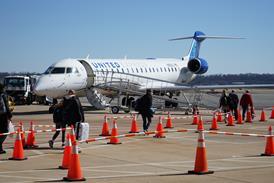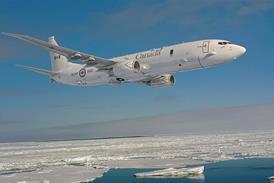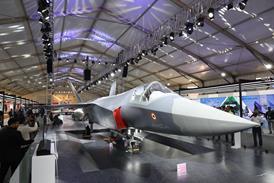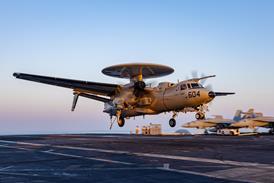Capacity shortfalls in Everett, Washington, will force Boeing's nascent 787 modification line in San Antonio, Texas, to play an expanded role in the delayed Dreamliner's emerging recovery plan.
But regional officials and experts say the short-term fix may yield a long-term payoff for the emerging cluster of military aircraft-oriented maintenance, repair and overhaul centres in San Antonio.
Picking up a share of the 787's structural assembly work is a remote, but highly prized objective for south Texas industry. "That would be at the top of our wish list," says Leticia Van de Putte, a state senator for San Antonio.
But state economic development officials would be pleased if San Antonio's current role yields a lucrative return as a permanent hub in the global 787 fleet's MRO system.
Either way, San Antonio's emerging aerospace cluster expects to reap a surprise windfall from Boeing's recent problems with 787 production. A supply chain breakdown that delayed both first flight and first delivery by nine months also revealed a capacity shortfall at the 787 final assembly centre in Everett.
Boeing first moved to address the problem in July, quietly announcing a plan to open a modification line to refurbish 11 787 airframes at a facility in San Antonio owned by the company's sister defence division. The facility performs modification and repairs on US Air Force KC-135s, KC-10s, C-17s and C-130s.
Opening this line would reduce the burden on the San Antonio workforce during the critical transition period from flight test to full-rate production. Airframes assembled during the flight-test period will be shifted to the San Antonio modification line. Meanwhile, Everett's production workers can continue to focus on meeting the 787's demanding assembly schedule.
Boeing has confirmed San Antonio's role has nearly doubled from 11 airframes to at least 20. The precise number needing to be modified remains in flux, and could continue to increase as Boeing solidifies its recovery plan.
"Change incorporation and refurbishment work is done on any new airplane programme and this work is temporary," says Boeing. "San Antonio has the capability and capacity to do this critical modification work."
Boeing's plan taps an experienced pool of about 400 freelance aerospace technicians in San Antonio to rapidly modify production aircraft to the post-flight test certification standard, as well as refurbish the six flight-test airframes before delivery to customers.
Boeing's Integrated Defense Systems division will manage the contract workers hired for the 787 modification line.
San Antonio is rising quickly as a US aerospace industrial centre after facing a crisis in the mid-1990s. The US military closed the maintenance depot at the former Kelly Air Force Base, but the community responded by welcoming a mix of defence and civilian contractors, says Kevin Michaels, principal and co-founder of AeroStrategy Management Consulting. "There certainly are the makings of a cluster, so Boeing can tap into that," he adds.
Source: Flight International























